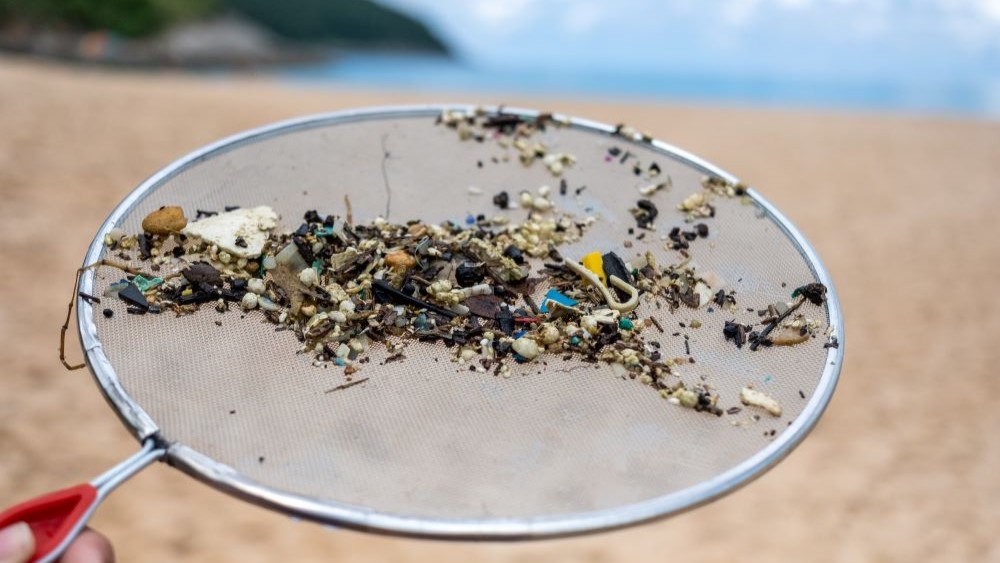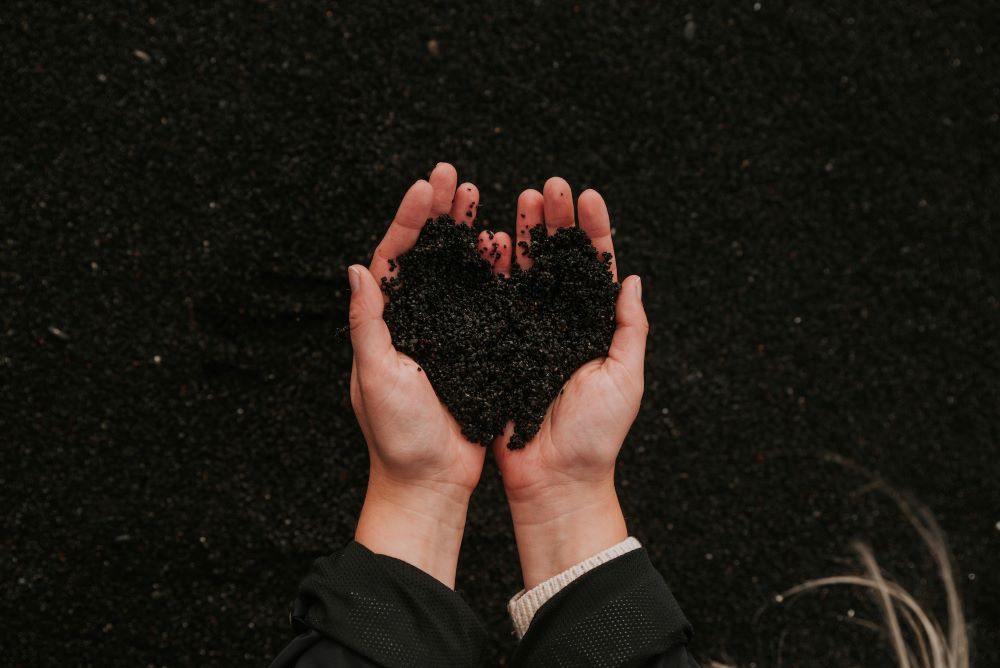Recent Posts
- Home
- Elevate Blog
- Understanding the Breakdown: Plastics vs. Compostable Materials
Understanding the Breakdown: Plastics vs. Compostable Materials
Posted on

How do the breakdown processes of plastics and compostable materials differ, and why does it matter?
The term "breaking down" is used to describe both the slow degradation of petroleum-based plastics and the biodegradation of compostable products.
Adding to this complexity is the issue of greenwashing, such as additives that make plastics degrade faster, misleadingly suggesting a similarity to compostable materials.
Understanding the environmental impact and health implications of packaging materials, as well as clarifying these processes and terminology, is key to making informed choices that align with our commitment to sustainability.
Does Plastic Break Down?
Plastics, primarily made from synthetic polymers, do undergo a form of breakdown, but not in the way we might hope.
This process is not biodegradation but a combination of photodegradation, oxidation, and physical wear. When exposed to sunlight, air, and the elements, larger plastic items gradually lose their integrity and become brittle. Factors like UV rays, oxygen in the air, and even animals nibbling at these materials, contribute to their gradual fragmentation.
Evidence of plastic degradation is strikingly visible along coastlines and in marine environments. We see not only large pieces of plastic but also countless smaller fragments. These fragments range from easily spotted faded pieces to minuscule particles, virtually indistinguishable from grains of sand.

The breaking down of plastics into ever smaller particles is a continuous process, with the speed of breakdown varying based on environmental conditions. Unfortunately, this process doesn't eliminate plastic; it only changes its form. The transformation into microplastics presents significant environmental and health concerns, as these tiny particles infiltrate ecosystems and potentially our own bodies.
Understanding the way plastics break down—or, more accurately, don't—sheds light on the enormity of the challenge we face. It's a reminder of the pressing need to shift our focus towards more sustainable materials that support the principles of a circular economy. By switching to sustainable materials, we can ensure resources are reused and regenerated in harmony with our environment.
How do Compostable Materials Break Down?
Unlike plastics, compostable materials embark on a journey that aligns seamlessly with nature's rhythm. These materials, designed with biodegradability in mind, transform back into the earth, contributing positively to the environment.
The breakdown process of compostable materials is facilitated by microorganisms in compost environments. Here, they decompose into basic elements like water, carbon dioxide, and biomass. This natural process typically completes within a few months under optimal conditions, a stark contrast to the centuries required for plastics.
The resulting compost enriches the soil, becoming a part of the life cycle that supports plant growth and soil health. This transformation is more than just breakdown; it's a replenishment. Compostable materials leave behind no toxic residues, unlike plastics. Instead, they contribute to the creation of nutrient-rich compost, which then supports further environmental regeneration.
The use of compostable materials represents a profound shift in how we view product life cycles. It's a commitment to materials that not only serve a purpose but also return beneficially to the earth. This approach embodies the essence of sustainability – a product's end of life is just as important as its usage.

Breaking Down Plastics vs. Compostable Materials
The term "break down" often leads to confusion due to its different contexts in describing the decomposition of materials. Plastics break down into microplastics, compostable products break down into compost. The process of breaking down for traditional plastics and compostable products is fundamentally different in terms of both the mechanism and the environmental impact. Here's an easy comparison:
How Plastic Breaks Down
- Made from petroleum-based polymers, plastics undergo photodegradation, not biodegradation.
- Breakdown involves fragmenting into smaller and smaller pieces: microplastics
- Microplastics persist in the environment, posing risks to wildlife and entering the human food chain.
- No beneficial nutrients are returned to the environment during this process.
How Compostable Products Break Down
- Designed to biodegrade, compostable products decompose into natural elements in a compost environment via microbial activity.
- This process typically completes within a few months under optimal conditions.
- As they break down, they form nutrient-rich compost which enhances soil health and plant growth.
- They leave no toxic residues and integrate back into the earth’s natural cycle.
Traditional plastics fragment into ever-smaller pieces over a very long period without truly decomposing. Compostable products biodegrade relatively quickly and contribute positively to the environment by returning nutrients to the soil as compost.

Unraveling Greenwashing in Plastic Breakdown Claims
The reality is that a very small percentage of plastics ever get recycled. Most recyclable plastics are actually “downcycled” into lower-value items, eventually contributing to pollution. This misrepresentation deflects from addressing the fundamental issues of plastic production and waste.
Products labeled as “Made of Recycled Ocean Plastic” can be misleading. While they imply environmental stewardship by utilizing existing ocean plastic, it's important to remember that these products are still plastic! Despite being recycled, they will eventually contribute to microplastic pollution. This masks the core issue of ongoing plastic production and does not address the root cause of oceanic plastic pollution.
Another deceptive claim is the use of “oxo-degradable plastic,” touted as an eco-friendlier alternative. These are conventional plastics mixed with additives to accelerate breakdown into smaller pieces. This process hastens the formation of microplastics, potentially taking years to decompose while releasing harmful chemicals, misleading consumers about their environmental impact.
Understanding these tactics helps us discern truly sustainable practices from those that merely claim to be.
Making Informed Choices in Sustainable Packaging
The journey of understanding how different materials break down empowers us to make informed choices in our daily lives and business practices.
Each decision, from selecting packaging materials to daily consumer choices, plays a part in shaping a more sustainable future. By prioritizing materials that align with nature's cycle, we contribute to a healthier environment, advocate for responsible consumption, and drive the demand for truly sustainable packaging solutions.
Ready to Start Your Sustainable Packaging Journey?
 Loading... Please wait...
Loading... Please wait...



